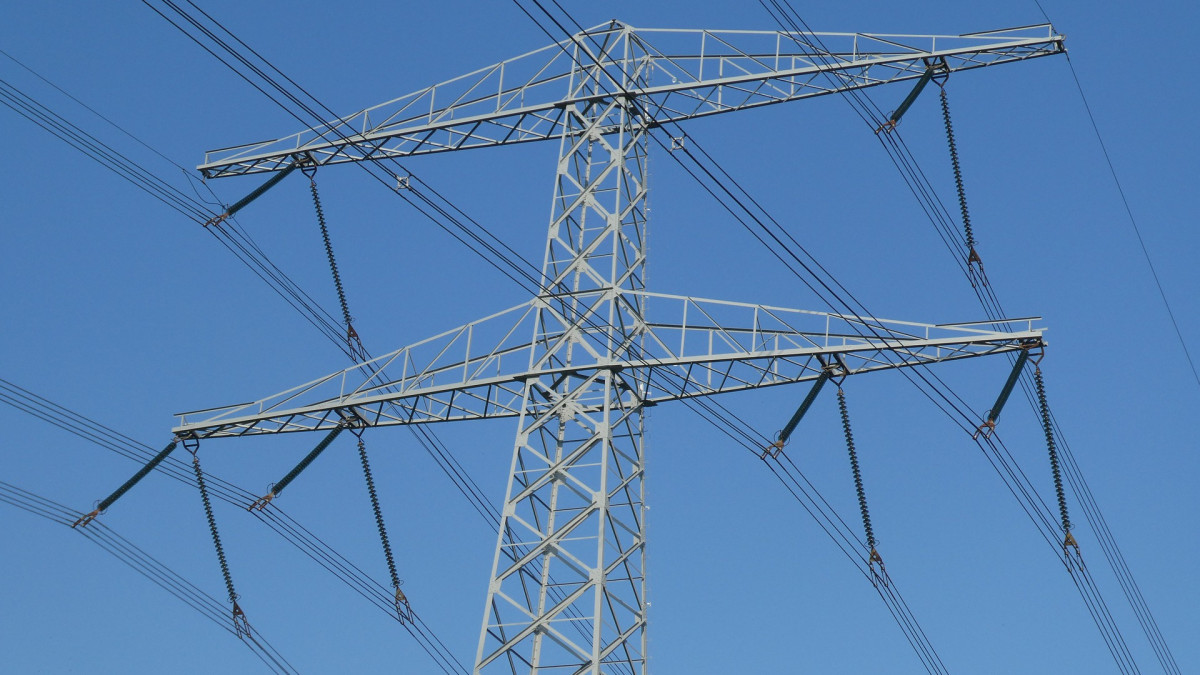Consumer energy use is expected to reach an all-time high this summer, potentially straining power grids at a time when federal authorities are warning that weather could cause electricity problems.
In addition to a shortage of equipment used during blackouts, utilities are also having a hard time as power producers burn record amounts of gas after shutting down dozens of coal-fired power plants in recent years, and a severe drought is reducing hydropower supplies in many western regions. States.
“Increasingly frequent cold snaps, heat waves, droughts, and major storms continue to challenge the ability of our nation’s electrical infrastructure to provide reliable and affordable power to consumers,” Richard Gleick, chair of the US Federal Energy Regulatory Commission, said earlier this month. Writes Reuters.
Preparing for a power outage
Federal agencies responsible for energy reliability have warned of possible outages in the western half of the country this year as consumers turn on their air conditioners to escape the heat.
Some facilities have already had problems due to the heat.
The Texas grid operator was forced to ask customers to conserve power after an early heat wave in mid-May unexpectedly shut down several power plants.
In mid-June, Ohio’s American Electric Power ordered a blackout during a heat wave after a storm destroyed power lines and knocked out more than 200,000 homes and businesses. The US Midwest is at greatest risk as demand increases while nuclear and coal supplies have declined.
Delayed closing of coal plants
Supply chain problems have already delayed the establishment of renewable energy projects across the country. These renewable energy delays, along with power shortages in the Midwest, have pushed WEC Energy Group Inc. Wisconsin-based and Indiana-based NiSource Inc. have delayed the planned shutdown of coal plants in recent months.
Utility providers stock parts and equipment as they prepare for severe storms:
They try to be creative.
There is also a shortage of transformers, with some utilities having to wait over a year to get transformer parts.
Heat wave causes trouble
Summer has just begun, but according to data provider Refinitiv, the weather in the US so far this year has been 21% warmer than the 30-year average. If the temperature rises above 38 degrees, the transformer may fail, and there will not be enough power supply to replace it.
Open Image: Pixabay












































